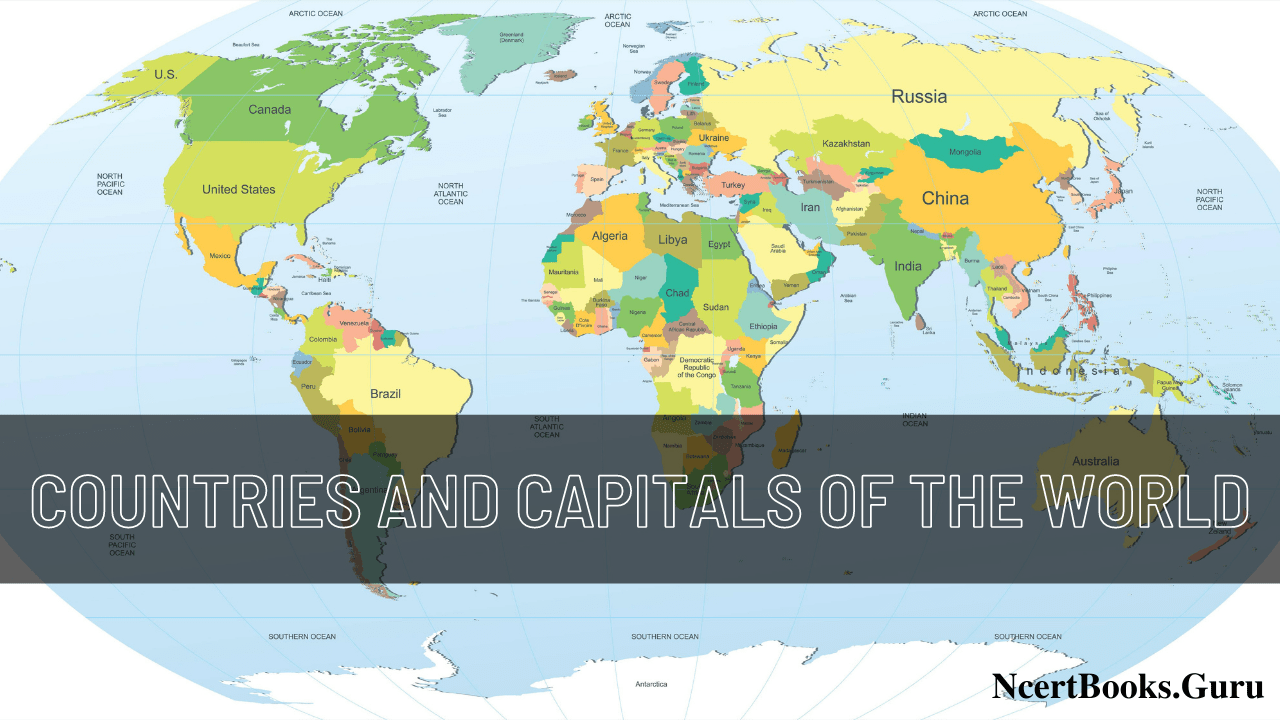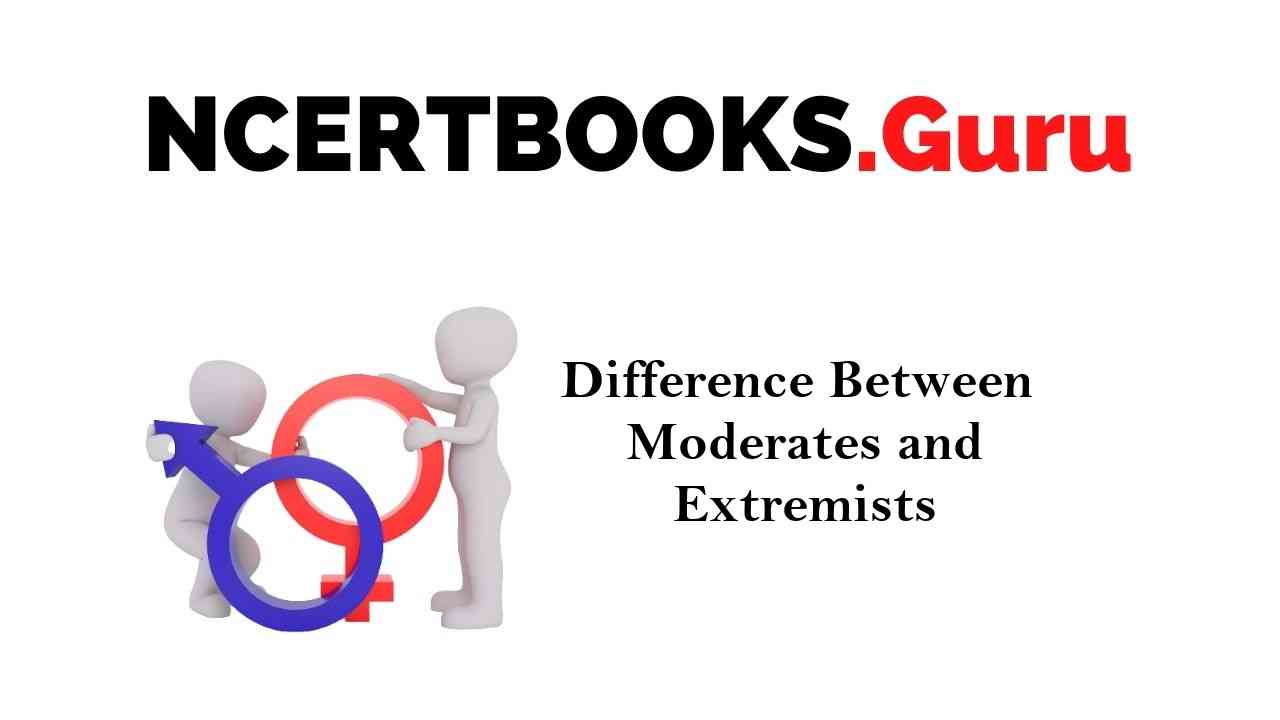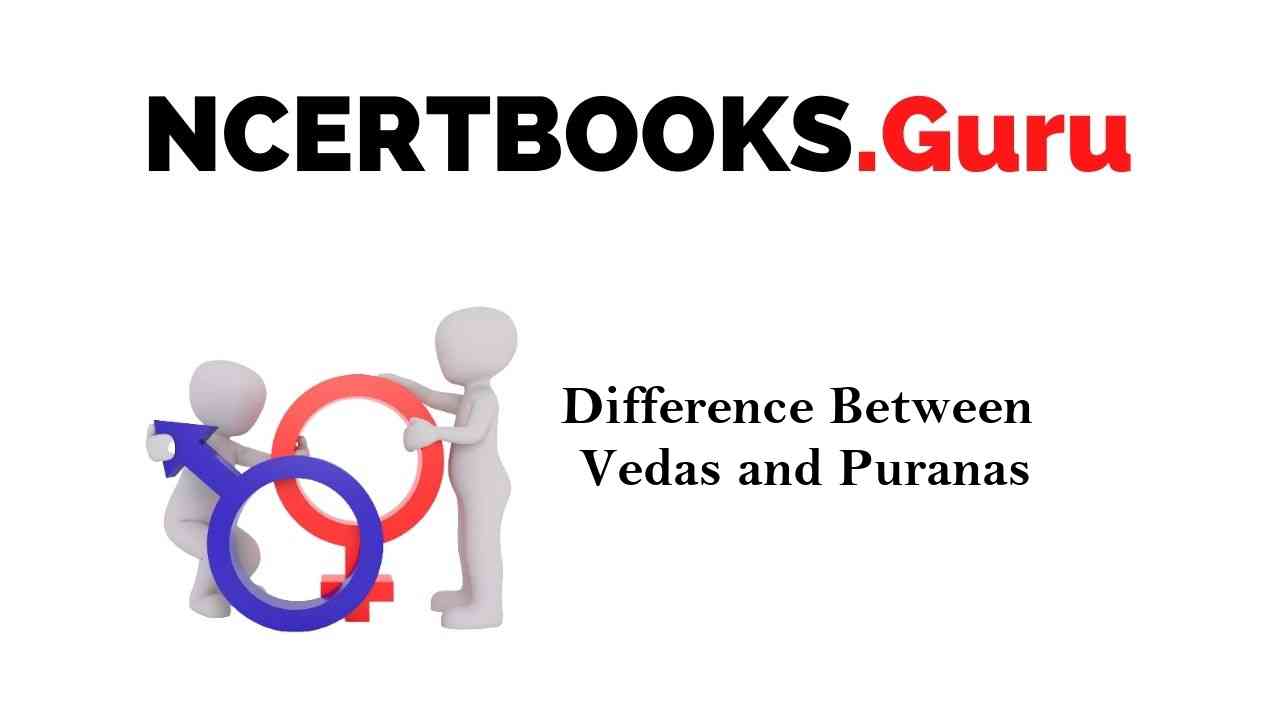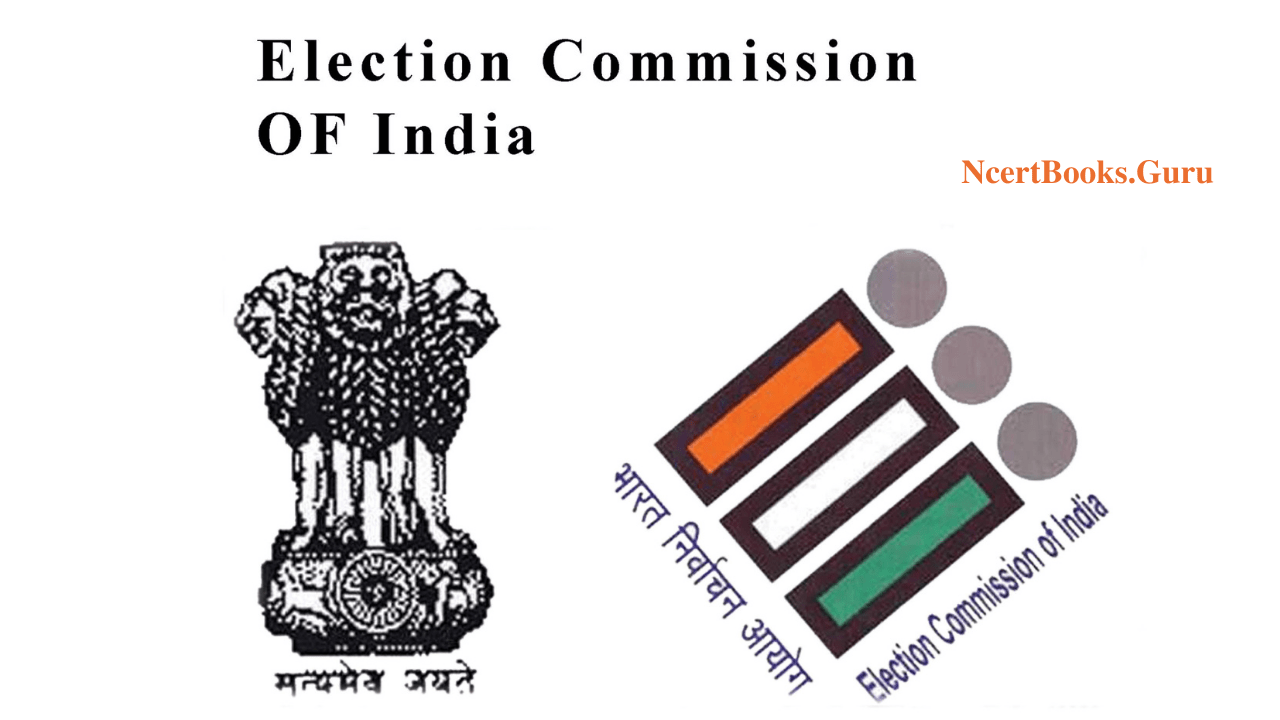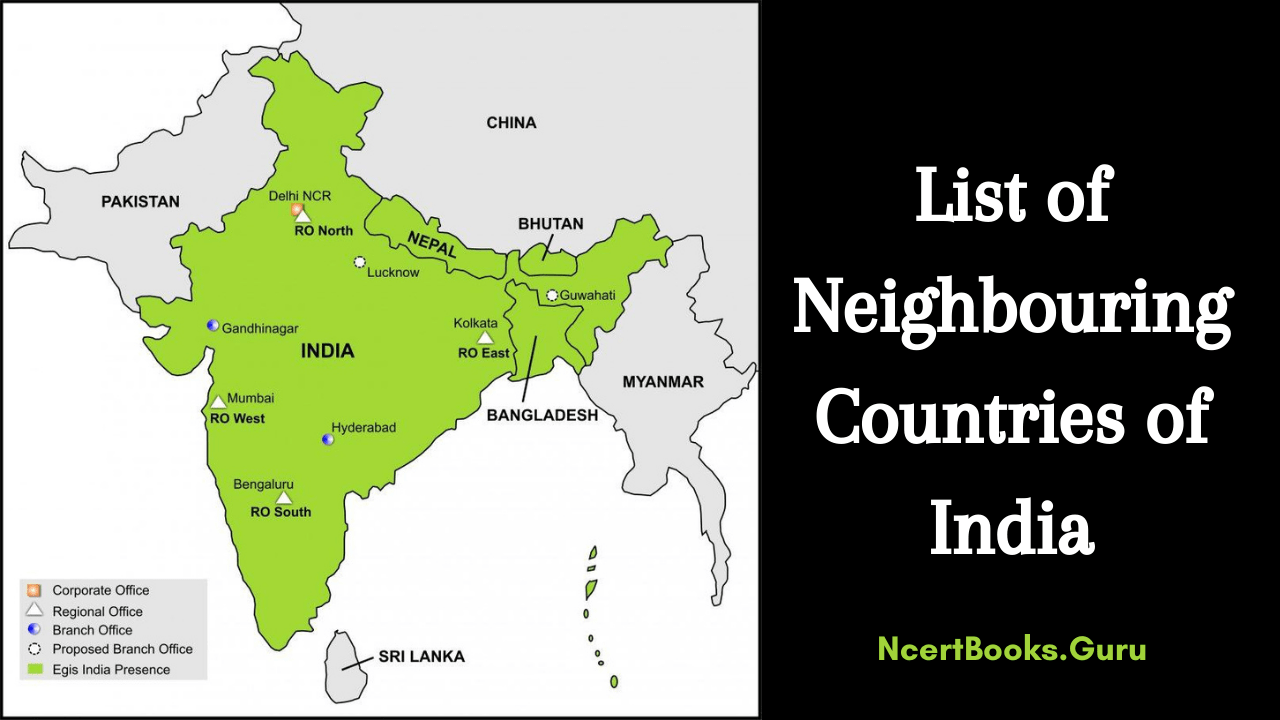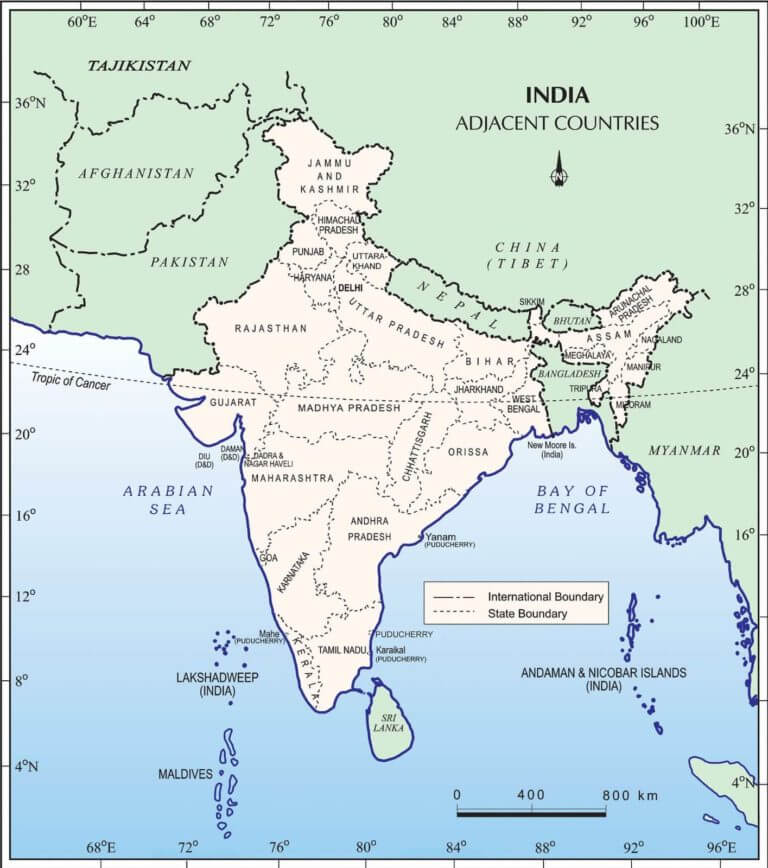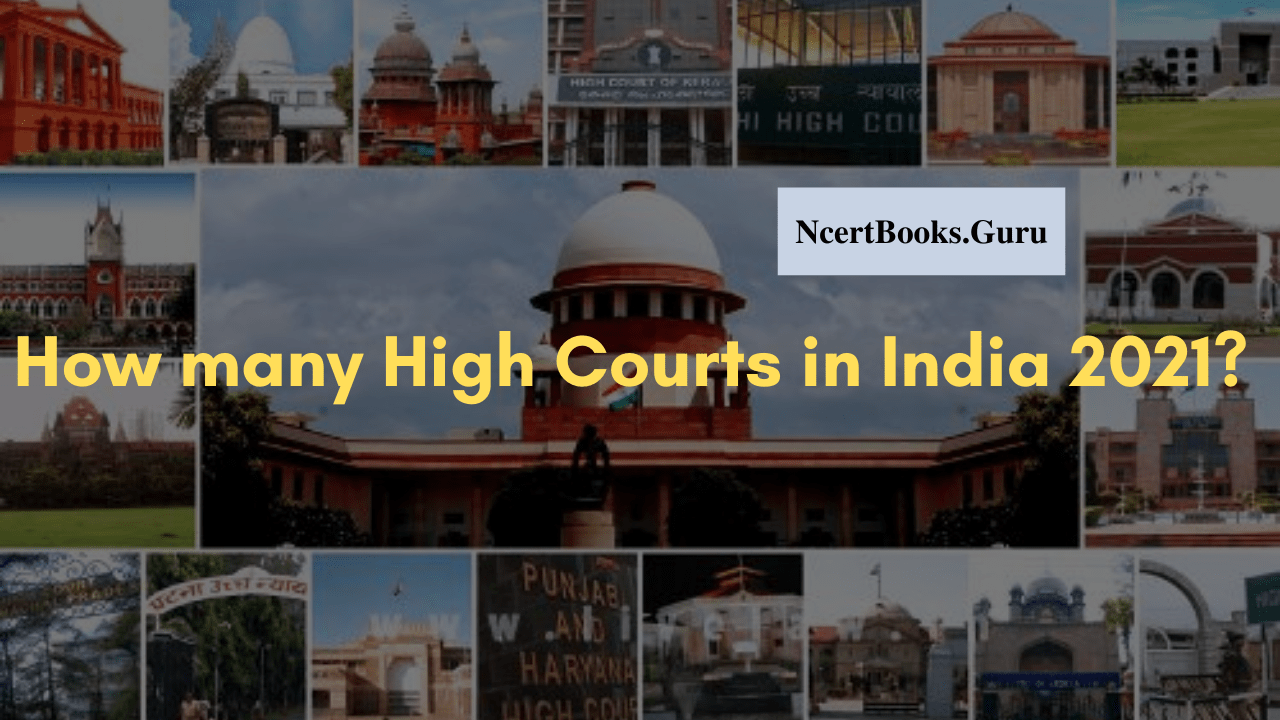The entire world is divided into 7 continents and 195 countries. Out of seven, one continent ie., Antarctica is uninhabitable, it is covered with snow only. So, these 195 countries are covered in 6 continents and we have curated the list of countries and capitals continent wise on this article for providing complete knowledge to students about this world GK topic. Also, students can attain more general knowledge topics from our website & improve their general awareness skills. In almost every quiz ultimately appears the question after a certain capital. So, we have shared the list of all countries and capitals in the world grouped by their continent.
Also Check: Countries National Flags with their Population
List of Countries and Capitals by Continents
There are 7 continents in the world. Each continent has various countries situated. To all these countries there will be one capital city. The list of all countries with their capitals is given below in alphabetical order by continent-wise. Check out the below links and directly jump into the respective continent to view their countries and capitals.
Countries and their Capitals of African Continent
Africa includes 54 countries in total about 27% of the world’s total countries so it is also the world’s second-largest continent in terms of area and population. Africa is named the black continent of the world. The largest country of Africa by population is Nigeria and by area is Algeria. The Africa continent has the least quality of life because of the legacies of European colonization. There are ancient monuments, natural attractions, and exotic wildlife along with beautiful beaches. Take a look at the list of all countries and their capital cities from the below table:
| Country | Capital city |
| Country Start With A | |
| Algeria | Algiers |
| Angola | Luanda |
| Country Start With B | |
| Benin | Porto-Novo |
| Botswana | Gaborone |
| Burkina Faso | Ouagadougou |
| Burundi | Gitega |
| Country Start With C | |
| Cabo Verde | Praia |
| Cameroon | Yaounde |
| Central African Republic | Bangui |
| Chad | N’Djamena |
| Comoros | Moroni |
| Congo, Democratic Republic of the | Kinshasa |
| Congo, Republic of the | Brazzaville |
| Cote d’Ivoire | Yamoussoukro |
| Country Start With D | |
| Djibouti | Djibouti (city) |
| Country Start With E | |
| Egypt | Cairo |
| Equatorial Guinea | Malabo (de jure), Oyala (seat of government) |
| Eritrea | Asmara |
| Eswatini (formerly Swaziland) | Mbabane (administrative), Lobamba (legislative, royal) |
| Ethiopia | Addis Ababa |
| Country Start With G | |
| Gabon | Libreville |
| Gambia | Banjul |
| Ghana | Accra |
| Guinea | Conakry |
| Guinea-Bissau | Bissau |
| Country Start With K | |
| Kenya | Nairobi |
| Country Start With L | |
| Lesotho | Maseru |
| Liberia | Monrovia |
| Libya | Tripoli |
| Country Start With M | |
| Madagascar | Antananarivo |
| Malawi | Lilongwe |
| Mali | Bamako |
| Mauritania | Nouakchott |
| Mauritius | Port Louis |
| Morocco | Rabat |
| Mozambique | Maputo |
| Country Start With N | |
| Namibia | Windhoek |
| Niger | Niamey |
| Nigeria | Abuja |
| Country Start With R | |
| Rwanda | Kigali |
| Country Start With S | |
| Sao Tome and Principe | São Tomé |
| Senegal | Dakar |
| Seychelles | Victoria |
| Sierra Leone | Freetown |
| Somalia | Mogadishu |
| South Africa | Pretoria (administrative), Cape Town (legislative), Bloemfontein (judicial) |
| South Sudan | Juba |
| Sudan | Khartoum |
| Country Start With T | |
| Tanzania | Dodoma |
| Togo | Lomé |
| Tunisia | Tunis |
| Country Start With U | |
| Uganda | Kampala |
| Country Start With Z | |
| Zambia | Lusaka |
| Zimbabwe | Harare |
Alphabetical Wise Countries and Capitals of Asia
Asia has the highest population with approx 4.4 billion people living on the continent alone. It is the largest and the highest populated continent in the world. Also, it has a very wide economical diversity among the countries. The two main countries with maximum population density in Asia Continent are China and India and also these are very low per capita income.
It is divided into 49 countries with its own unique features. You can live most comfortably in some places like Singapore, Tokyo, Seoul. Also, there are various tourist countries such as Bangkok, Singapore, Kuala Lumpur, Agra, and Seoul which are top of the world’s most popular places for travel. Have a look at all Asian countries and capitals:
| Country | Capital city |
|---|---|
| Country Start With A | |
| Afghanistan | Kabul |
| Armenia | Yerevan |
| Azerbaijan | Baku |
| Country Start With B | |
| Bahrain | Manama |
| Bangladesh | Dhaka |
| Bhutan | Thimphu |
| Brunei | Bandar Seri Begawan |
| Country Start With C | |
| Cambodia | Phnom Penh |
| China | Beijing |
| Cyprus | Nicosia |
| Country Start With G | |
| Georgia | Tbilisi |
| Country Start With I | |
| India | New Delhi |
| Indonesia | Jakarta |
| Iran | Tehran |
| Iraq | Baghdad |
| Israel | Jerusalem |
| Country Start With J | |
| Japan | Tokyo |
| Jordan | Amman |
| Country Start With K | |
| Kazakhstan | Nur-Sultan |
| Kuwait | Kuwait City |
| Kyrgyzstan | Bishkek |
| Country Start With L | |
| Laos | Vientiane |
| Lebanon | Beirut |
| Country Start With M | |
| Malaysia | Kuala Lumpur |
| Maldives | Male |
| Mongolia | Ulaanbaatar |
| Myanmar (formerly Burma) | Naypyidaw |
| Country Start With N | |
| Nepal | Kathmandu |
| North Korea | Pyongyang |
| Country Start With O | |
| Oman | Muscat |
| Country Start With P | |
| Pakistan | Islamabad |
| Palestine | Jerusalem (East) |
| Philippines | Manila |
| Country Start With Q | |
| Qatar | Doha |
| Country Start With R | |
| Russia | Moscow |
| Country Start With S | |
| Saudi Arabia | Riyadh |
| Singapore | Singapore |
| South Korea | Seoul |
| Sri Lanka | Sri Jayawardenepura Kotte |
| Syria | Damascus |
| Country Start With T | |
| Taiwan | Taipei |
| Tajikistan | Dushanbe |
| Thailand | Bangkok |
| Timor-Leste | Dili |
| Turkey | Ankara |
| Turkmenistan | Ashgabat |
| Country Start With U | |
| United Arab Emirates | Abu Dhabi |
| Uzbekistan | Tashkent |
| Country Start With V | |
| Vietnam | Hanoi |
| Country Start With Y | |
| Yemen | Sana’a |
List of Countries and Capitals of Australian Continent
Australia is also called the commonwealth of Australia with its mainland Australia, Tasmania, and various other smaller islands. It the best continent for nature-loving people where you can explore everything Mountain, Rivers, Desert Ocean, and the most beautiful one Coral Reefs. The 6th largest country in the world is Mainland Australia with Sydney being its largest city. It is a popular travel destination. Also, it is a highly developed country with a high-income economy. Check out the list of countries and capital cities situated in the Australian continent.
| Country | Capital city |
| Country Start With A | |
| Australia | Canberra |
| Country Start With F | |
| Fiji | Suva |
| Country Start With K | |
| Kiribati | Tarawa |
| Country Start With M | |
| Marshall Islands | Majuro |
| Micronesia | Palikir |
| Country Start With N | |
| Nauru | Yaren District (de facto) |
| New Zealand | Wellington |
| Country Start With P | |
| Palau | Ngerulmud |
| Papua New Guinea | Port Moresby |
| Country Start With S | |
| Samoa | Apia |
| Solomon Islands | Honiara |
| Country Start With T | |
| Tonga | Nukuʻalofa |
| Tuvalu | Funafuti |
| Country Start With V | |
| Vanuatu | Port Vila |
European Countries and their Capitals
European countries rule every part of the world because it is bordered by the Arctic Ocean to the north, the Mediterranean Sea to the south, the Atlantic Ocean to the west, and Asia to the east. The most advanced countries in the world are European countries like United Kingdom (U.K.), France, Germany, Italy, Portugal, and many other countries. Check the full list of European countries and their capitals from below:
| Country | Capital city |
| Country Start With A | |
| Albania | Tirana |
| Andorra | Andorra la Vella |
| Armenia | Yerevan |
| Austria | Vienna |
| Azerbaijan | Baku |
| Country Start With B | |
| Belarus | Minsk |
| Belgium | Brussels |
| Bosnia and Herzegovina | Sarajevo |
| Bulgaria | Sofia |
| Country Start With C | |
| Croatia | Zagreb |
| Cyprus | Nicosia |
| Czechia | Prague |
| Country Start With D | |
| Denmark | Copenhagen |
| Country Start With E | |
| Estonia | Tallinn |
| Country Start With F | |
| Finland | Helsinki |
| France | Paris |
| Country Start With G | |
| Georgia | Tbilisi |
| Germany | Berlin |
| Greece | Athens |
| Country Start With H | |
| Hungary | Budapest |
| Country Start With I | |
| Iceland | Reykjavik |
| Ireland | Dublin |
| Italy | Rome |
| Country Start With K | |
| Kazakhstan | Nur-Sultan |
| Kosovo | Pristina |
| Country Start With L | |
| Latvia | Riga |
| Liechtenstein | Vaduz |
| Lithuania | Vilnius |
| Luxembourg | Luxembourg (city) |
| Country Start With M | |
| Malta | Valletta |
| Moldova | Chisinau |
| Monaco | Monaco |
| Montenegro | Podgorica |
| Country Start With N | |
| Netherlands | Amsterdam |
| North Macedonia (formerly Macedonia) | Skopje |
| Norway | Oslo |
| Country Start With P | |
| Poland | Warsaw |
| Portugal | Lisbon |
| Country Start With R | |
| Romania | Bucharest |
| Russia | Moscow |
| Country Start With S | |
| San Marino | San Marino |
| Serbia | Belgrade |
| Slovakia | Bratislava |
| Slovenia | Ljubljana |
| Spain | Madrid |
| Sweden | Stockholm |
| Switzerland | Bern |
| Country Start With T | |
| Turkey | Ankara |
| Country Start With U | |
| Ukraine | Kyiv (also known as Kiev) |
| United Kingdom | London |
| Country Start With V | |
| Vatican City (Holy See) | Vatican City |
North American Continent Countries and its Capitals
This continent is surrounded by the two biggest oceans of the world which are the Pacific and North Atlantic Oceans. Under North America Continent, you can find 23 countries where one of the largest economies of the world ie. USA lies in this continent. Also, the countries in this NA continent set with very high standards of living in the whole world. Verify the full list of countries and capitals in the North America Continent from the below table.
| Country | Capital city |
| Country Start With A | |
| Antigua and Barbuda | Saint John’s |
| Country Start With B | |
| Bahamas | Nassau |
| Barbados | Bridgetown |
| Belize | Belmopan |
| Country Start With C | |
| Canada | Ottawa |
| Costa Rica | San Jose |
| Cuba | Havana |
| Country Start With D | |
| Dominica | Roseau |
| Dominican Republic | Santo Domingo |
| Country Start With E | |
| El Salvador | San Salvador |
| Country Start With G | |
| Grenada | Saint George’s |
| Guatemala | Guatemala City |
| Country Start With H | |
| Haiti | Port-au-Prince |
| Honduras | Tegucigalpa |
| Country Start With J | |
| Jamaica | Kingston |
| Country Start With M | |
| Mexico | Mexico City |
| Country Start With N | |
| Nicaragua | Managua |
| Country Start With P | |
| Panama | Panama City |
| Country Start With S | |
| Saint Kitts and Nevis | Basseterre |
| Saint Lucia | Castries |
| Saint Vincent and the Grenadines | Kingstown |
| Country Start With T | |
| Trinidad and Tobago | Port of Spain |
| Country Start With U | |
| United States of America | Washington, D.C. |
List of Countries of South American with their Capitals
This continent lies below North America and it is very smaller in size. However, this continent with capitals having high standards of living despite the fact that the other parts of countries are not very advanced. SA Continent is the 4th largest continent in the world with 12 countries and their capital cities. Take a look at the below table & explore the South America Continent countries and capitals.
| Country | Capital city |
| Country Start With A | |
| Argentina | Buenos Aires |
| Country Start With B | |
| Bolivia | Sucre (de jure), La Paz (seat of government) |
| Brazil | Brasilia |
| Country Start With C | |
| Chile | Santiago |
| Colombia | Bogotá |
| Country Start With E | |
| Ecuador | Quito |
| Country Start With G | |
| Guyana | Georgetown |
| Country Start With P | |
| Paraguay | Asunción |
| Peru | Lima |
| Country Start With S | |
| Suriname | Paramaribo |
| Country Start With U | |
| Uruguay | Montevideo |
| Country Start With V | |
| Venezuela | Caracas |
More Related Articles:
FAQs on World’s Countries & Capital Cities
1. How many countries and capitals are there in the world?
Officially, there are 195 nations identified as independent countries in the world, each of the countries has its own capital city. So, 195 countries and 195 capital cities are there in the world.
2. Are there 197 countries in the world?
As of now, there are 197 countries in the world: 193 UN members + 2 UN witnesses, Taiwan + Kosovo + Two UN observers, Holy See (Vatican) & Palestine.
3. Which is the least populated country in the world?
The world’s least populated country is Vatican City.
4. What are the 7 continents and their names?
The seven continents in the world are Africa, Asia, Australia, Europe, North America, South America, and Antarctica.
